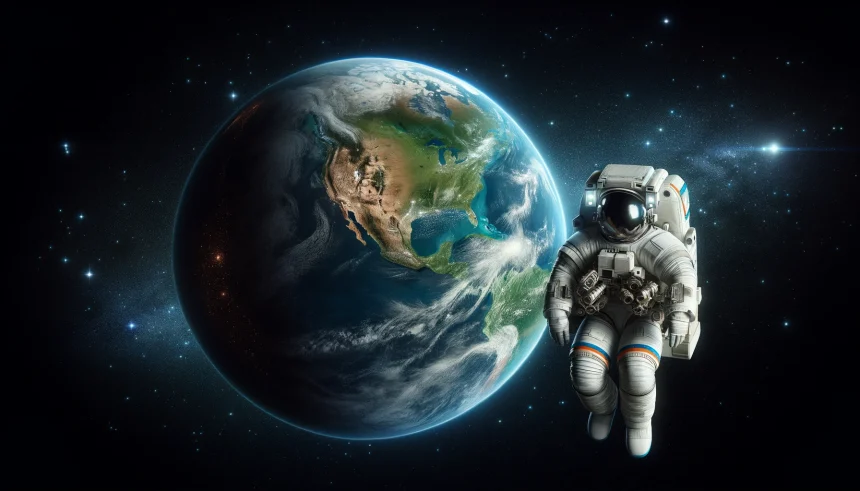Mars faces recurring global dust storms that can obscure the entire planet for extended periods. These storms present significant challenges for existing and future missions by disrupting electronic systems and reducing solar power efficiency. Understanding the initiation of these storms is crucial for safeguarding robotic explorers and planning human endeavors on the Red Planet.
Studies in the past have examined various aspects of Martian dust storms, but the exact triggers remained unclear. Recent advancements by scientists at the University of Colorado Boulder offer fresh perspectives on the mechanisms driving these colossal weather events. The new research builds upon previous findings, enhancing the predictive capabilities for extreme Martian weather conditions.
What Initiates the Largest Dust Storms on Mars?
The research team found that periods of unusually warm and sunny weather precede the most significant dust storms. These conditions likely contribute to the lifting of vast amounts of dust, setting the stage for global-scale storms. By analyzing 15 years of data from the Mars Climate Sounder on NASA’s Mars Reconnaissance Orbiter, approximately 68% of major storms were linked to sharp temperature increases at the surface.
How Do Dust Storms Affect Mars Missions?
Dust storms can severely impact both robotic and future crewed missions.
“Dust storms have a significant effect on rovers and landers on Mars, not to mention what will happen during future crewed missions to Mars. This dust is very light and sticks to everything,”
explained Heshani Pieris, a graduate student at CU Boulder’s LASP. The accumulation of dust on solar panels reduces power generation, while electrostatic charges may interfere with electronic equipment.
Can These Findings Improve Weather Forecasting on Mars?
Pieris and Hayne are expanding their research to include more recent Martian observations. The goal is to develop a reliable weather prediction model that utilizes real-time data. This advancement could provide critical information for mission planning and the safety of both robotic and human explorers on Mars.
This study marks a significant step forward in Martian weather research by identifying potential precursors to global dust storms. By correlating surface temperature spikes with storm occurrences, scientists are closer to predicting hazardous weather patterns. These insights not only enhance our understanding of Mars’ atmospheric dynamics but also inform the design and operation of future missions to the planet.










